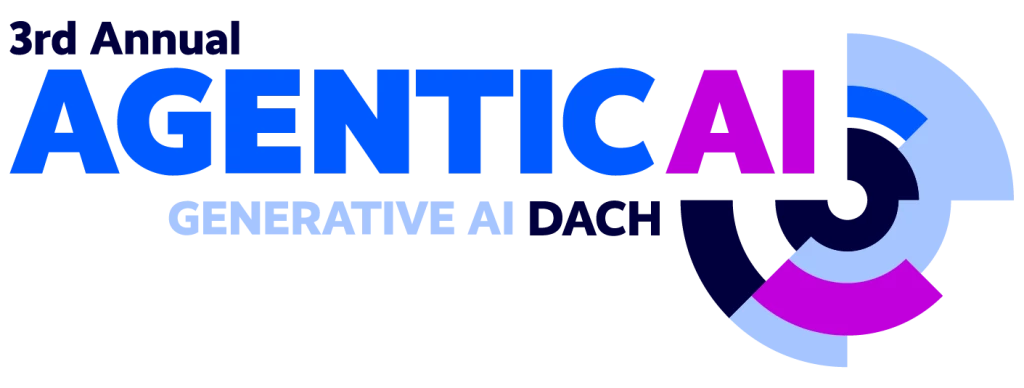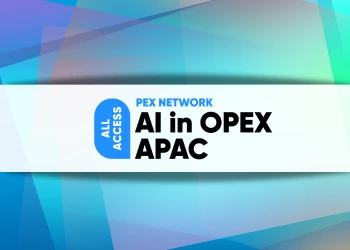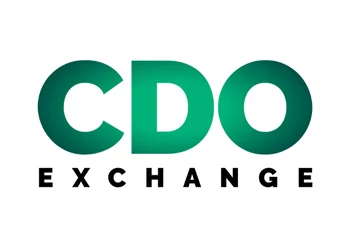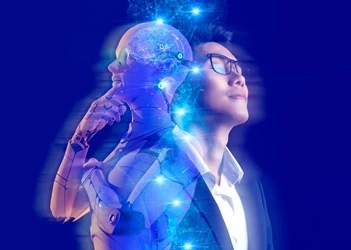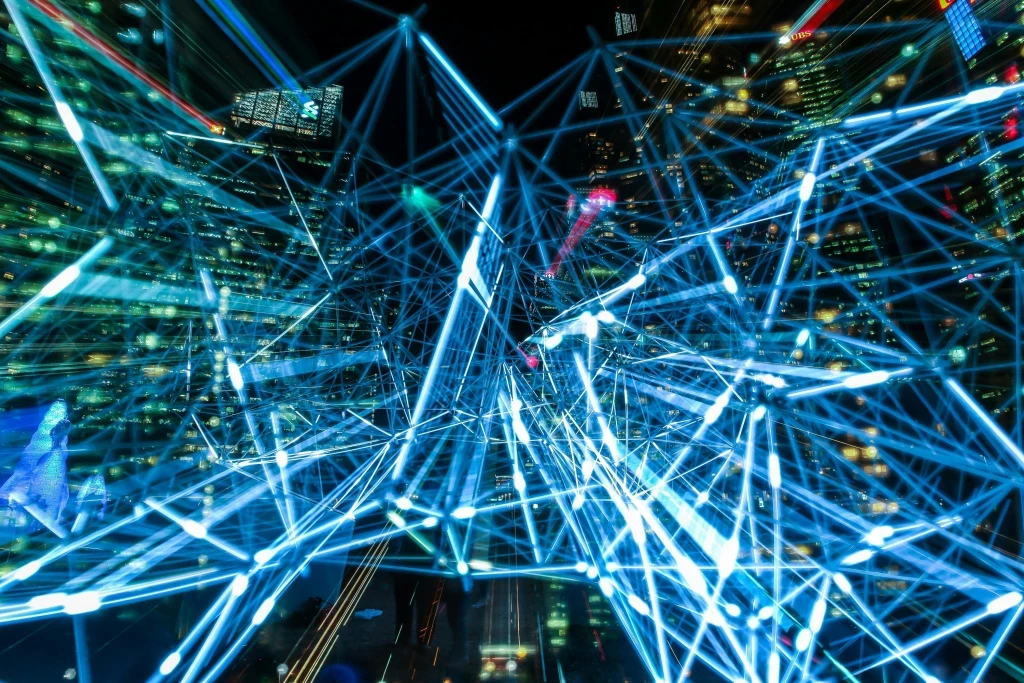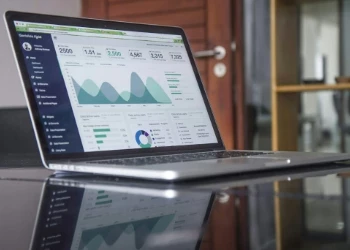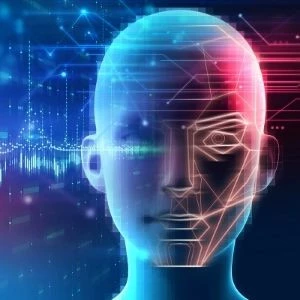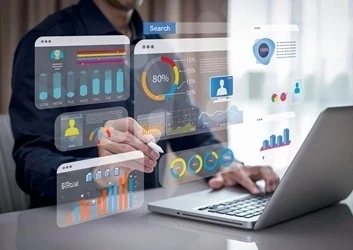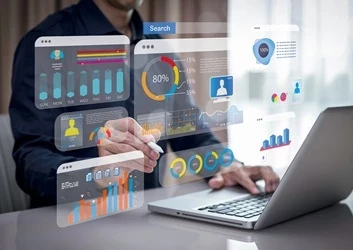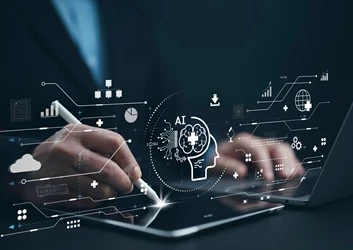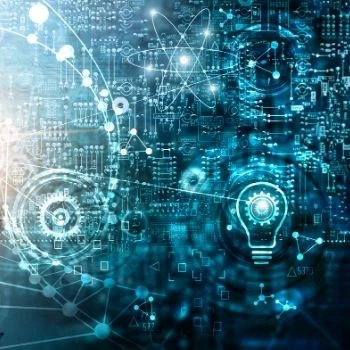Parallel Worlds: A Conversation About Digital Twins
In the latest ADA Presents talk, we delved into the increasingly relevant world of digital twins.
Add bookmark
The below is an extract from a conversation from our Parallel Worlds: How Digital Twins Propel Enterprise’ event, the first in our 'The AI, Data & Analytics Network Presents' series. In this conversation, we explored the entrepreneurial and ethical considerations of digital twins author, Dr. Mark van Rijmenam. Follow the link to access the full conversation.
Elliot Leavy: I want to speak to you today about digital twins as there's so much going on at the moment. But I thought let's start very broad and define what a digital twin is exactly?
Mark van Rijmenam: Of course! That's a very important question. And I think digital twins are an important part of any digital transformation for any organization. In fact, I think they are so important that they are tier one of the metaverse of the commercial internet, because they really allow us to interact with the digital world through physical devices.
So, what is a digital twin? To me, a digital twin is basically an evolving digital profile of both the historical and real-time behaviour of a physical object, or a process or system or system of systems that can be explored in the digital word, with the aim of optimizing the performance of the object, process or system.
So how do we do that? Let’s start by taking a physical object to make it simple. We then add sensors, to that device to collect data about the device. Then we bring that data into a digital or virtual environment. This can be just on your computer, or more advanced as in virtual reality or augmented reality and we can then interact with it.
There are different levels of interaction. There’s an interaction where it's basically just getting the data and seeing what's happening ‑ but you can't influence the physical objects. Or there’s the two-way interaction wherein you make changes within the virtual environment through that physical device, meaning that any changes that you make in the virtual world will affect the physical one.
That's sort of the basic understanding of it, and this can go from very simple digital twins to very complex digital twins ranging from things like aeroplanes to entire factories to entire cities. Ther is even a digital twin being created of the entire Earth moment.
Elliot Leavy: So why are we talking about this now? Whenever you read anything about digital twins, they'll be some mention of Apollo 13 mission from the from the 1960s. What has happened in between now and then?
Mark van Rijmenam: If we look at back in the ‘60s having a digital twin of a processor, or a physical object was invaluable because it allowed the running of simulations and the testing of things without testing it in the physical world. Fast forward to now and we have the technology to make basically everything a digital twin. And it's very much linked to the Internet of and the mass connection of physical objects to the internet. And by the fact that we can…
To watch to the full conversation, sign up to the AI, Data & Analytics today and follow this link.



